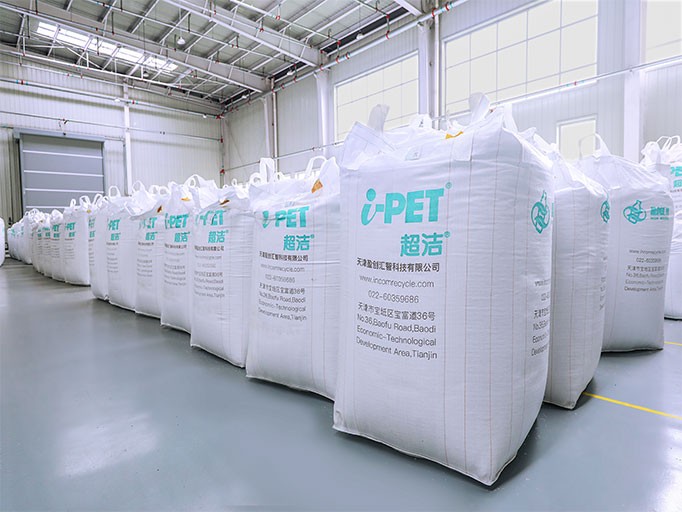Is rPET eco friendly?
rPET, also known as recycled polyethylene terephthalate, is a type of plastic that is produced by recycling PET plastic bottles. PET, or polyethylene terephthalate, is a commonly used plastic material that is found in a wide range of products, from beverage bottles to food packaging. Recycling PET plastic bottles to produce rPET is considered to be an eco-friendly practice because it helps to reduce waste and conserve resources. However, the question of whether rPET is truly eco-friendly is a complex one that requires a closer examination of the entire production process.
The production of rPET involves several steps, including collecting and sorting used PET bottles, cleaning and shredding them into small pieces, and processing the pieces into new plastic products. The recycling process itself requires less energy and produces fewer greenhouse gas emissions than the production of virgin plastic, which is made from non-renewable fossil fuels. This means that producing rPET has a lower carbon footprint and contributes less to climate change than producing virgin plastic.

Another benefit of rPET is that it helps to reduce the amount of plastic waste that ends up in landfills and oceans. According to the Environmental Protection Agency, only about 29% of PET plastic bottles were recycled in the United States in 2018, meaning that the majority of these bottles ended up in landfills or as litter. By recycling PET bottles into rPET, we can reduce the amount of plastic waste and conserve resources.
However, there are also some concerns about the eco-friendliness of rPET. One of the main issues is the fact that the production of rPET still requires energy and resources, including water and electricity. While the production of rPET requires less energy than the production of virgin plastic, it still has an impact on the environment. Additionally, the collection and sorting of used PET bottles can be inefficient and resource-intensive, especially if the bottles are contaminated with other materials or not properly disposed of by consumers.
Another concern is the potential for rPET to contribute to the problem of microplastics. Microplastics are tiny pieces of plastic that can be harmful to wildlife and ecosystems. When plastic products, including rPET, are degraded or broken down over time, they can release microplastics into the environment. While rPET is less likely to end up in the ocean than virgin plastic, it still has the potential to contribute to the problem of microplastics.
Overall, the question of whether rPET is eco-friendly is a complex one that depends on a variety of factors. While rPET has benefits such as reducing waste and conserving resources, it still requires energy and resources to produce and has the potential to contribute to the problem of microplastics. To truly address the issue of plastic waste and its impact on the environment, it is important to focus on reducing consumption of all types of plastic, including rPET, and increasing recycling rates. In addition, we need to develop new technologies and materials that can help to reduce our reliance on plastic and minimize its impact on the environment.
- Category:
- Business
- 7 Apr, 2023
- 1070 views
- No comments





